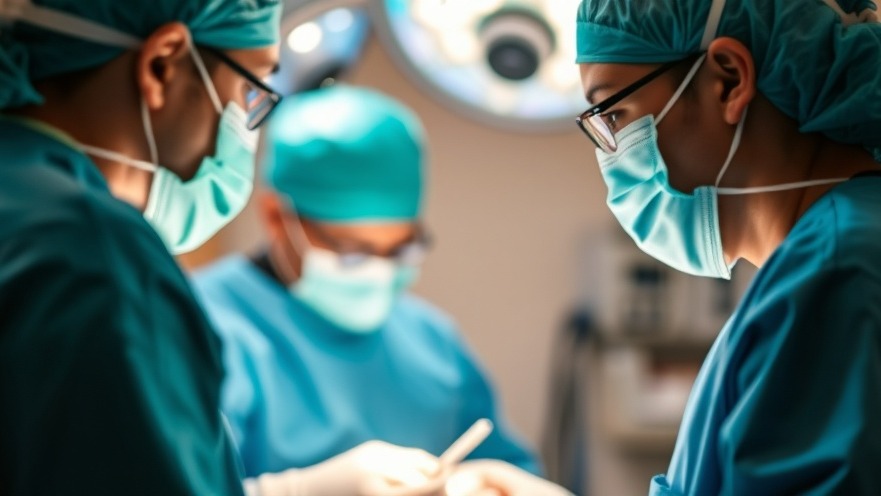
Pioneering Advances in Vascular Graft Technology
Recent innovations in the field of cardiovascular surgery have made headlines, especially with the breakthrough conducted by scientists at the Wisconsin National Primate Research Center (WNPRC) and the Morgridge Institute for Research. Building on decades of stem cell research, they have created a universal vascular graft using stem cell-derived arterial endothelial cells (AECs), promising to revolutionize small-diameter vascular bypass surgeries.
Limitations of Current Vascular Grafts
Currently, surgeons face significant challenges when selecting small-diameter vascular grafts for procedures such as coronary bypass surgery. The predominant method involves harvesting blood vessels from the patient themselves, a process that not only increases surgical complexity but can also yield variable quality of grafts—particularly in patients with existing health conditions. An alternative solution involves using donor vessels, yet these face the barrier of potential immune rejection, greatly limiting their usefulness in certain patients.
The Role of Stem Cells in Vascular Surgery
The adoption of stem cell technology represents a vital advance in tackling these limitations. According to researchers, the universal graft developed can be stored and utilized as an 'off-the-shelf' solution, offering a ready alternative for bypass surgeries without the need for complex procedures to harvest patient-specific veins. As John Maufort, one of the study's senior co-authors mentions, this could streamline surgeries while expanding options.
A Deeper Look at the Research
In their study, recently published in Cell Reports Medicine, the team employed a porous graft made of ePTFE, the same material widely used in synthetic vascular grafts. Using innovative methods inspired by natural adhesion mechanisms, the researchers modified the graft surface to enhance the attachment of stem cell-derived AECs. This modification ensures that the bioengineered cells can thrive even under physiological conditions.
Biological Compatibility and Clinical Implications
One of the most noteworthy findings from this research was the efficacy of grafts lined with “MHC-wild-type” AECs. These grafts maintained normal function and demonstrated a remarkable 100% patency rate over six months in a Rhesus macaque model. This success extends the potential for human clinical trials, promising a brighter future for patients requiring vascular interventions.
Future Predictions: Clinical Transformations
The implications of such advancements in graft technology could be monumental. Experts predict that if validated through clinical trials, these stem-cell-derived grafts will not only ease the complexities surrounding vascular surgeries but may also play a significant role in reconstructive surgery, thus impacting a variety of subspecialties.
Addressing Challenges Ahead
Despite these promising advances, challenges remain. As highlighted by the research team, understanding immune responses and ensuring biocompatibility will be crucial in further maximizing the success rates of these grafts. Moreover, ongoing collaboration between surgeons and researchers will be key to overcoming potential hurdles in the transition from bench to bedside.
Actionable Insights for Health Practitioners
For concierge health practitioners aiming to innovate their surgical practices, staying informed about advancements like these is essential. Embracing these breakthroughs could not only improve patient outcomes but also enhance the efficiency of surgical procedures. Advocates for such technologies, like Igor Slukvin, stress the importance of integrating stem cell-derived solutions in clinical settings for expedited healing and recovery.
Conclusion: Embrace the Future of Surgery
As the field of vascular graft technology evolves, it is essential for health practitioners to remain engaged with these advancements. Exploring options like stem cell-derived grafts could pave the way toward better patient outcomes and less invasive surgical methods. Keeping abreast of such innovations is pivotal for providing top-tier care to patients navigating cardiovascular diseases.
 Add Row
Add Row  Add
Add 






Write A Comment